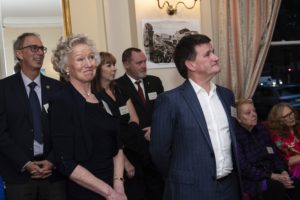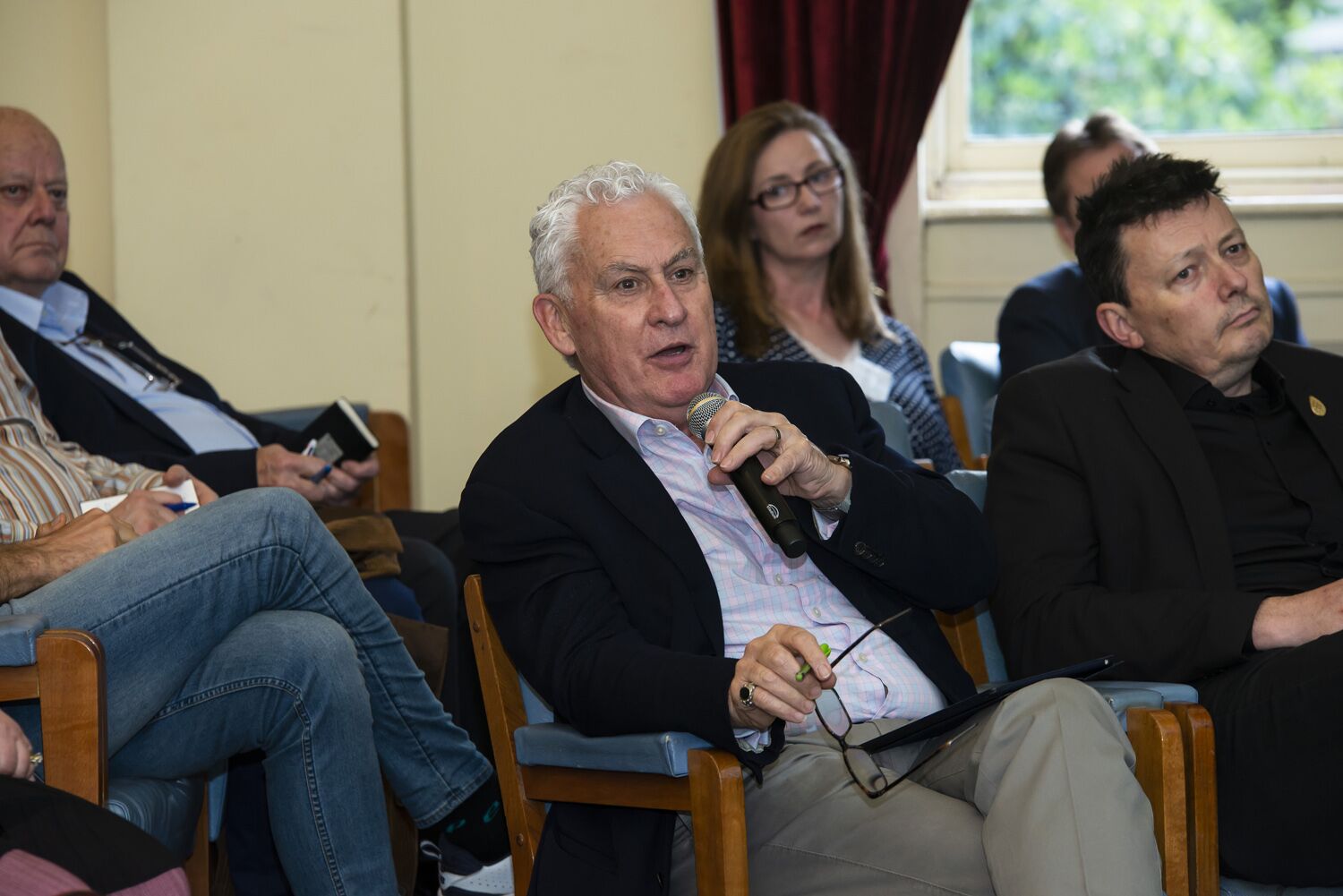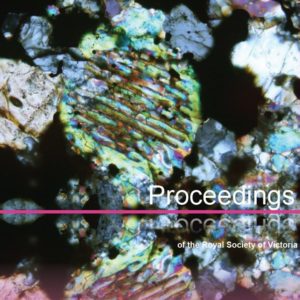Biotechnology is nothing new. Humans have been using yeasts for baking and brewing for thousands of years, and utilising plants in remedies for injury and illness. Even the development of the lemon through the hybridisation of two different citrus species is an example of early biotechnology – life didn’t give us lemons; humans brought them into existence.
Striking a balance between employer expectations and employee rights is becoming increasingly complicated due to new technologies, including artificial intelligence (AI). Businesses are embracing systems that supposedly “boost productivity,” and a parliamentary inquiry into workplace surveillance has heard some are also using them to keep a closer eye on their workers.
The same properties that make plastics so useful—their durability and resistance to degradation—also make them nearly impossible for nature to completely break down. But we can turn to chemical recycling: breaking down plastics to their molecular components, particularly hydrogen and carbon (the building blocks of fuels), through techniques like depolymerization, pyrolysis, and gasification.
By combining carbon offsetting with “carbon plus nature” ecological restoration, Greenfleet offers the restoration movement a model to address both climate change and biodiversity loss. Their restoration work is backed by science, not greenwash and disinformation, as ‘no amount of assertion will help us if we cannot prove our case scientifically.’
The manufacturing sector is evolving, and we are producing world-class infrastructure here in Victoria. But for all the resources our mining nation extracts for use in products, the most important element of Industry 4.0 is a STEM-literate workforce. ‘Research and Development’ must establish a dynamic equilibrium between Australian business and academia.






